Garden & Yard Issues
All Garden & Yard Issues Content

2025 Pesticide Container Recycling
The South Dakota Department of Agriculture and Natural Resources is again offering pesticide container recycling services across the state. View a complete list of 2025 dates and locations.
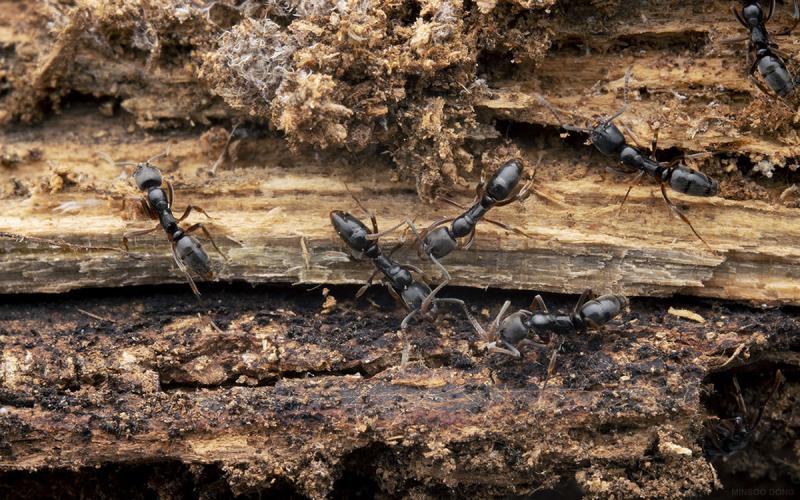
No Documented Sightings of Asian Needle Ants in South Dakota
Despite reports from major news networks citing that Asian needle ants are in South Dakota, we have no evidence that the ant is established or has ever been documented in the state.
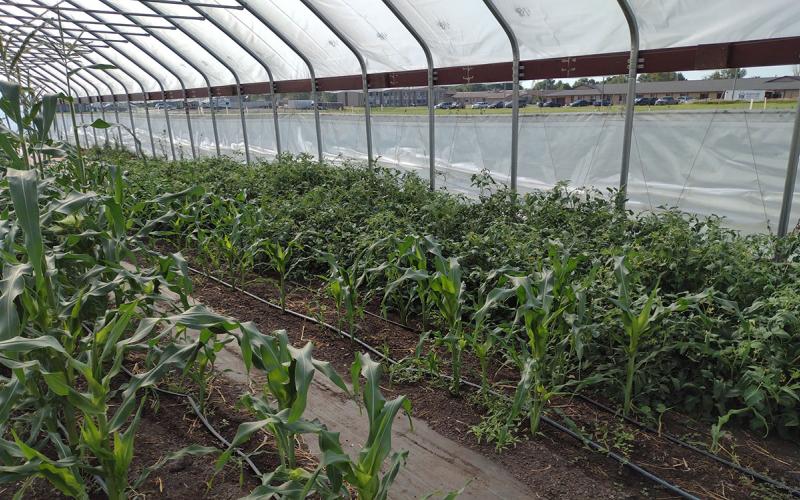
SDSU Extension 2025 Garden Hour series starts May 6
May 02, 2025
/garden-yard/problems-and-solutions
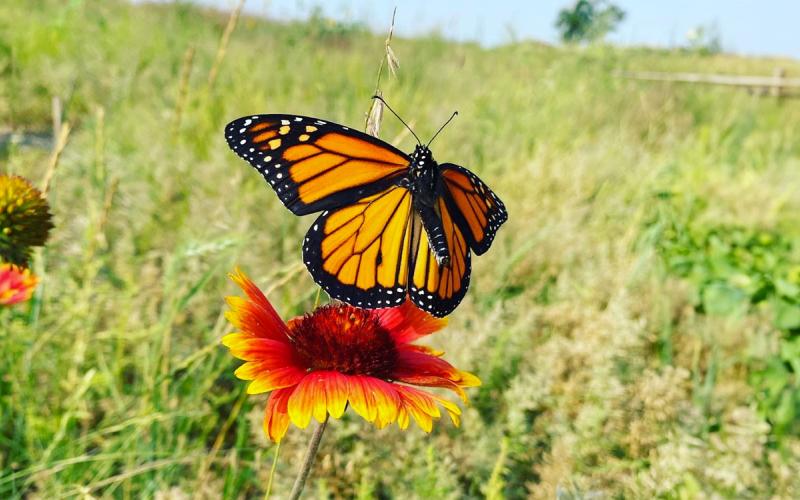
SDSU Extension to host Backyard Natural Resources series
May 01, 2025
South Dakota State University is pleased to announce the second year of its virtual Backyard Natural Resources series on May 6, 8, 13 and 15, 2025.
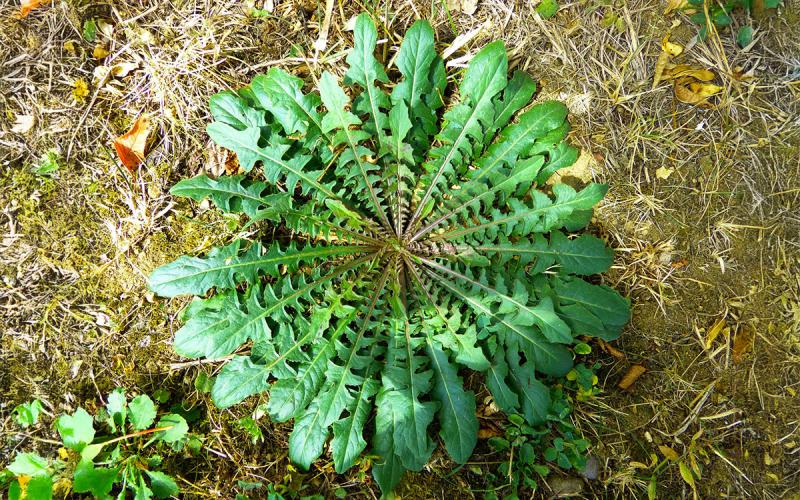
Spring Dandelion Control
If dandelions are present on your property this spring, an herbicide application may be worthwhile, because it can kill above-ground growth, meaning a reduced likelihood for seed production that will worsen problem.
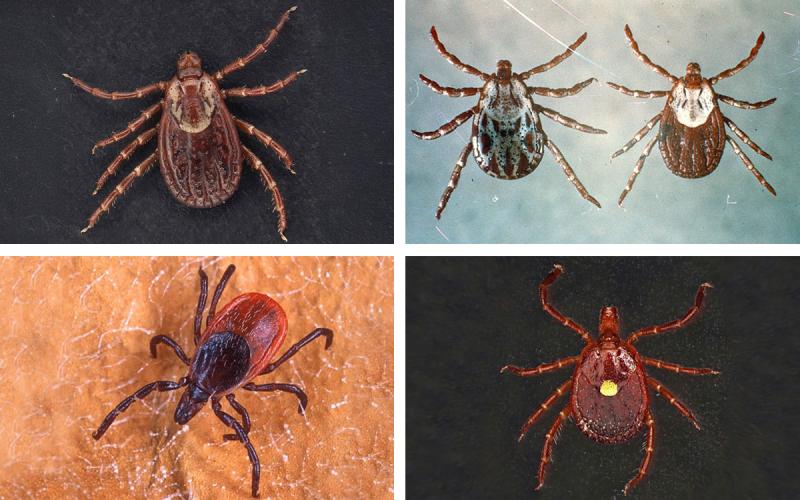
Spring is here, and so are the ticks!
As spring continues to bloom, more arthropods will begin to emerge from winter dormancy. Ticks are among the first to appear, and statewide reports have already been flowing in.

Understanding Eastern Black Nightshade: A Comprehensive Guide for Gardeners
Eastern black nightshade is a resilient invasive plant that can thrive in a variety of environments. This resource explores its genus, description, optimal growing conditions, propagation, fruiting period, and methods for safe removal.

Understanding and Managing Cucumber Mosaic Virus
Cucumber mosaic virus can have devastating effects on members of the Cucurbit family, including cucumbers, squash, melons, pumpkins, and spinach. Learn how to identify and manage it before it takes a toll on your garden this growing season!

Organic Gardening: Soil Management
Gardeners throughout South Dakota are experimenting with organic gardening. While the adoption of organic gardening methods can be daunting, learning some fundamental soil management concepts will set the foundations for success.
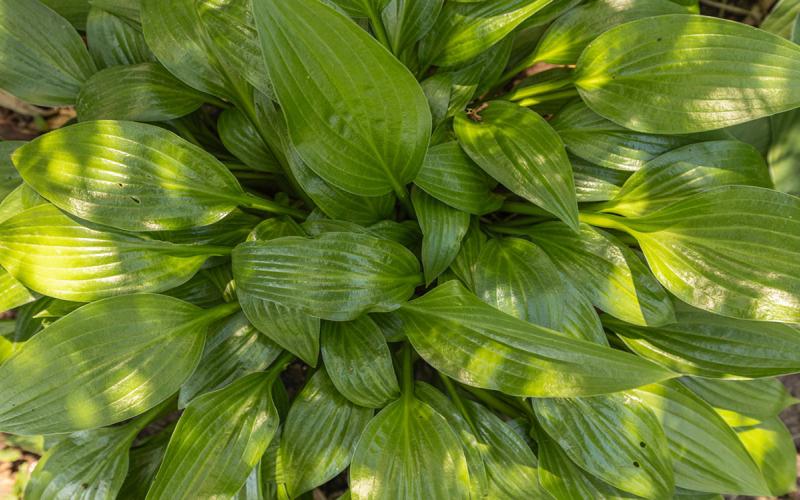
Hosta: A Shade-loving Perennial
Hostas, known for their foliage and love of shade, have developed into a coveted landscaping staple. Learn how to select, plant and grow a hosta that's right for your garden or landscape!